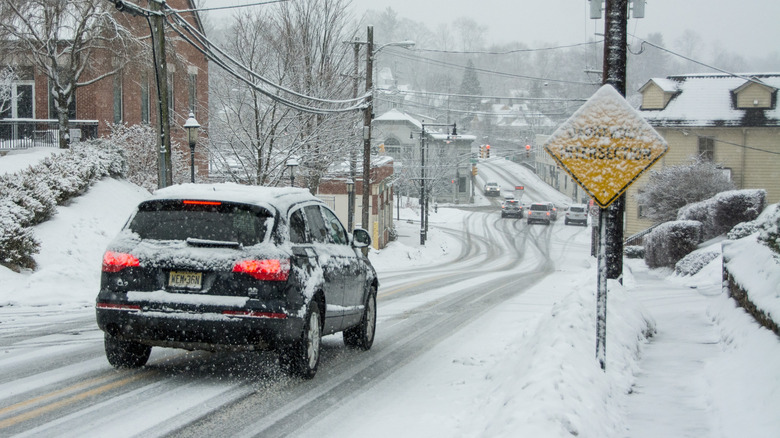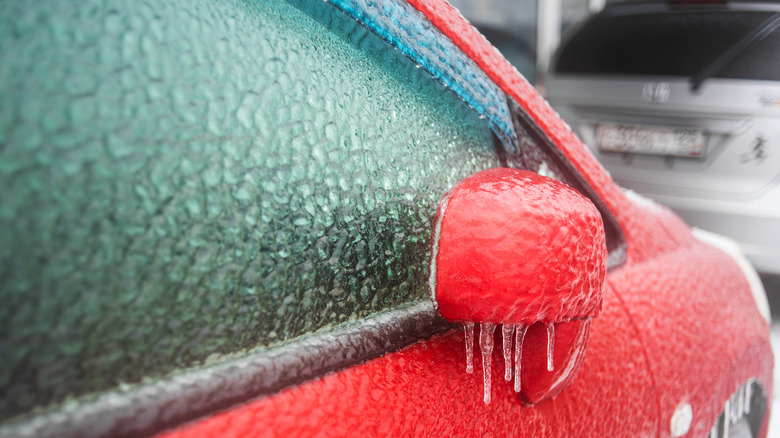Weather Phenomenon "The Blob" Has Homeowners Bracing For A Brutal Winter
You may not have had keeping your eye on the "blob" on your winter to-do list, but if you live in the Midwest or Northeast, you might want to add it. The "blob" is a weather event that happens when a splotch of warm ocean water becomes large enough to appear on weather radar. It brings warm weather to the West Coast, but it has devastating effects on marine life, and can be a warning of extreme winter weather. If The Old Farmer's Almanac is your go-to for predictions on your garden's winter needs, add the "blob" to your list of winter predictors, right above the width of that beneficial woolly bear caterpillar in your garden's bands or the size of the acorn crop.
The "blob" was first detected in 2013. Scientists noted a large area of warm water in the Pacific Ocean, off the west coast of the United States. A high pressure system parked over the water, causing it to warm as much as 7 degrees Fahrenheit above normal. It may seem counterintuitive that a blob of warm ocean water could ultimately create brutal weather conditions half a continent away, but you only need to look to the winter of 2013 to 2014. That year, residents of Minneapolis experienced 70 inches of snow and 53 days with subzero temperatures.
The "blob" isn't an annual event. The first instance lasted from 2013 through 2016. A weaker "blob" appeared in 2019, and in 2021, South America was affected by a similar weather pattern near New Zealand. But since the "blob" is a relatively recent phenomenon, meteorologists can't reliably predict how it will affect the mainland. There's no guarantee that this year's "blob" will bring nasty winter weather.
Should you prepare for a brutal winter?
More frequent "blobs" created by marine heatwaves caused by climate change mean more disruptions in the weather. It's possible that the "blob" affects the jet stream, causing the polar vortex to dip south. The polar vortex, a band of winds rotating around the pole, prevents cold air from escaping, and when it's disturbed, frigid air can drop as far south as Texas, as it did on Valentine's Day in 2021, when temperatures fell into the single digits. In January 2019, frigid cold and high winds brought deadly conditions across the upper Midwest, causing wind chill factors of 60 degrees below zero in some places. There is currently no definitive link between the "blob" and shifts in the polar vortex, but it may be a sign that you need to take extra care when getting your yard winter-ready.
There's no doubt, however, that the "blob" affects marine life. Fish die off or move to cooler water, leaving no food for birds or marine mammals like seals and sea lions because of the rise in ocean temperature. Toxic algal blooms affect shellfish, making them inedible. The seafood industry suffers, and coastal areas can see more fog and higher humidity. From 2014 to 2016, the entire Dungeness crab industry closed for the season because of a marine heatwave.

